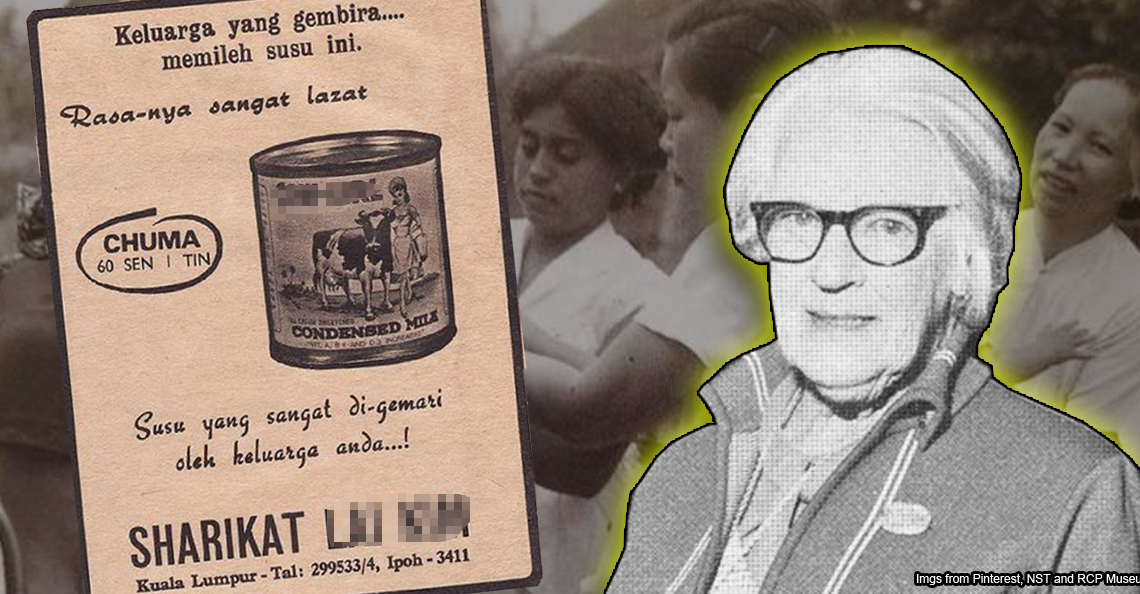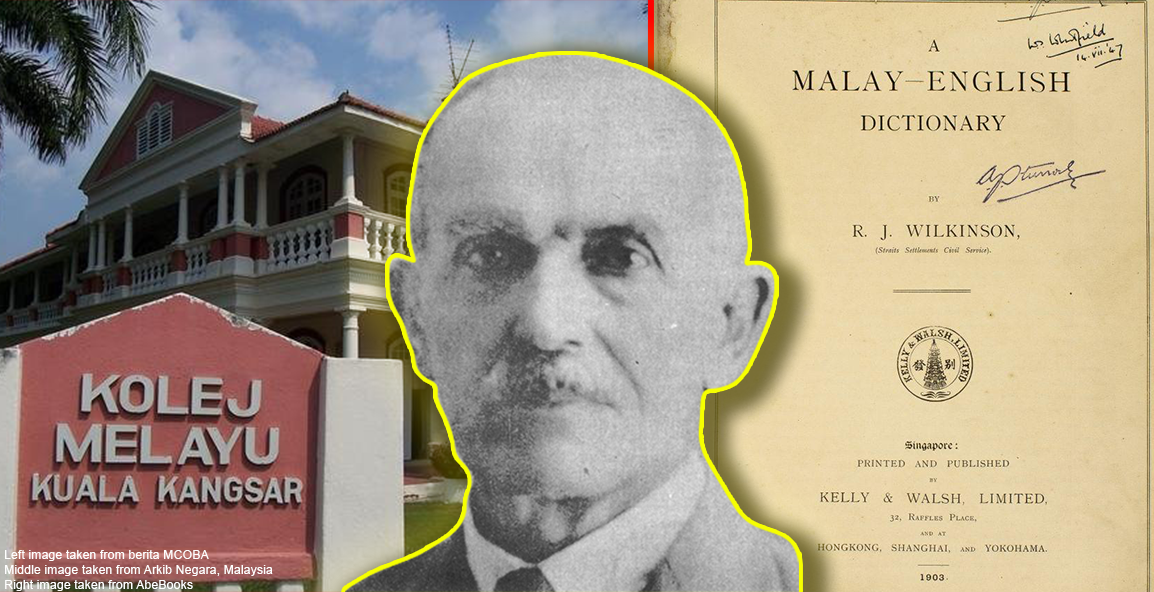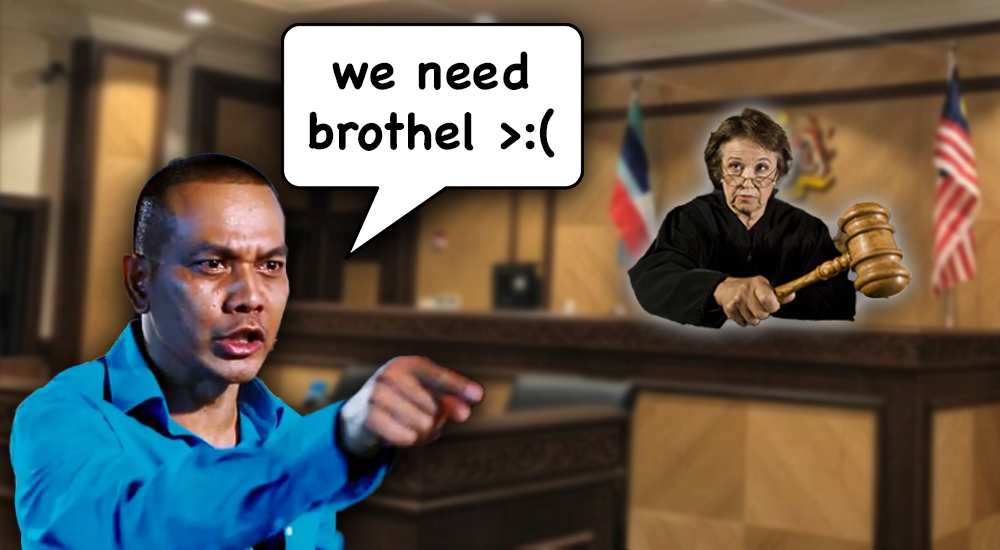6 interesting things about British colonists in Malaya during the Victorian era
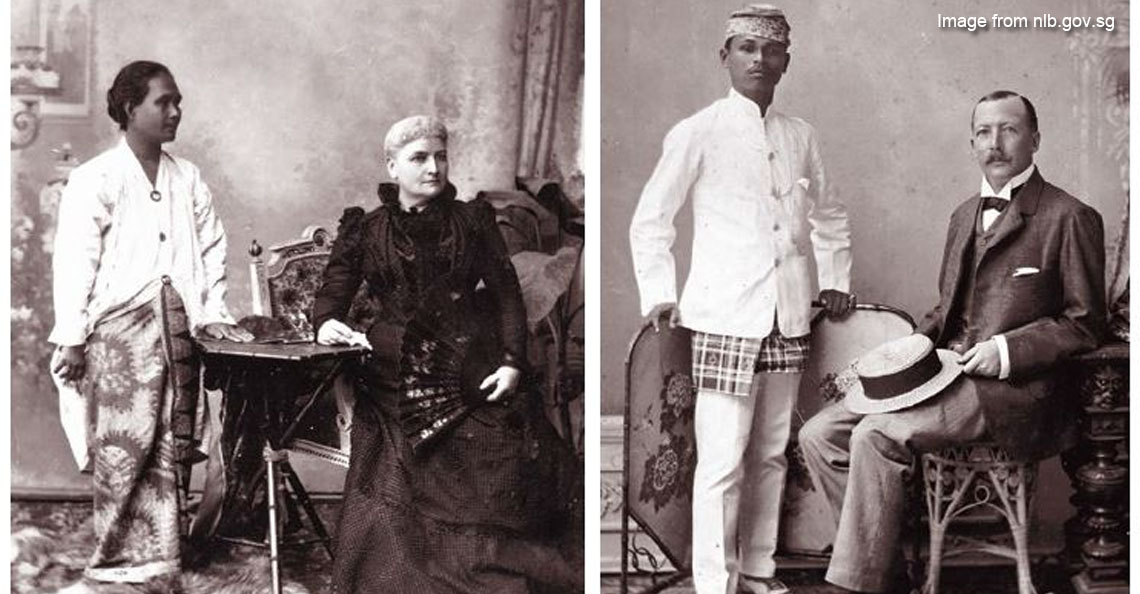
- 10.5KShares
- Facebook9.8K
- Twitter49
- LinkedIn111
- Email163
- WhatsApp358
The 19th century was an exciting time to be alive in Malaysia…or rather we should say Malaya! You never know if you’ll die of malaria, be killed by a Chinese tin mining warlord, or be run over by a white man’s horse carriage.
But seriously though, it is one of the times that saw the most dramatic progress in our history. We went from thick jungles to townships, kids climbing trees to reading in schools, riding elephants as a mode of transport to locomotives, letters to telegraph lines, and so on. It was a time of British colonialism too, a period that was…hmm well…difficult on the rakyat, because of insanely heavy colonial taxes plus losing our traditional way of life.
This is the Queen who was responsible for it all

Although Britain had been colonising lands since the 16th century, long before even Queen Victoria’s grandparents were born, it was Queen Victoria who saw to it that Britain expanded to the greatest size of any empire in history. During the Victorian era (1837-1901), Malaya was a super important colony because we were one of their biggest moneymakers. We had tin and rubber to trade, which the Britons of course songlap and taxed kau kau.
The Victorian era was also when the telephone, microphone, sewing machine and the lightbulb were invented. Yep, her reign was a period of industrial, cultural, political, scientific, and military transformation – not just in Britain but all across her colonies, including Malaya. For a queen who came to the throne in her teens while most Malaysian kids would be wondering what’s the next step in life, Victoria was Queen and Empress of an ’empire on which the sun never sets’!! Dat sum reponsibilitay gurlll.
Find out how Victoria started out at the tender age of 18 (!) to become one of the most influential rulers of all time in the ITV series Victoria now on demand. You can also catch up on great British series and movies like Sherlock Holmes, Poldark, Vera, Endeavour, Love Hate, and Hornblower, thanks to our friends at Astro.

So speaking of Victoria, we wonder… what went down in Malaya during her reign? Get ready for a not-so-nerdy historical roadtrip with these 6 interesting things we found:
1. The guy who introduced rubber trees in Malaya was a bit… CRAZY!
Rubber was once the darling of Malaysia’s agricultural economy, though it has been eclipsed by palm oil. This is made possible thanks to one crazy English botanist who brought the first rubber seeds to Malaysia 140 years ago…

People called him ‘Mad Ridley’ or ‘Rubber Ridley’ because he was always stuffing rubber seeds into the pockets of everyone he met, hoping they would plant them! Weird, but H.N. Ridley was just a passionate guy who became the dad of the first Malaysian rubber tree which he planted near the Kuala Kangsar District Office in 1877. It’s still there today!
Because of our perfect soil and climate, rubber trees thrived, and during Queen Victoria’s reign Malaya was one of the biggest moneymakers for the British Empire, being the world’s largest producer of tin and rubber. This continued to contribute majorly to our national income for a long time after the British left.
Apart from holding posts as colonial administrators and traders, many colonists were also planters employed on rubber estates because a colour bar prevented locals rising above the level of clerk. In Malaya, a third of these planters were Scottish (called ‘Tuan Besars’ and ‘Tuan Kechils’), strutting about in khakis and tropical whites, periodically poking at snakes with a stick.
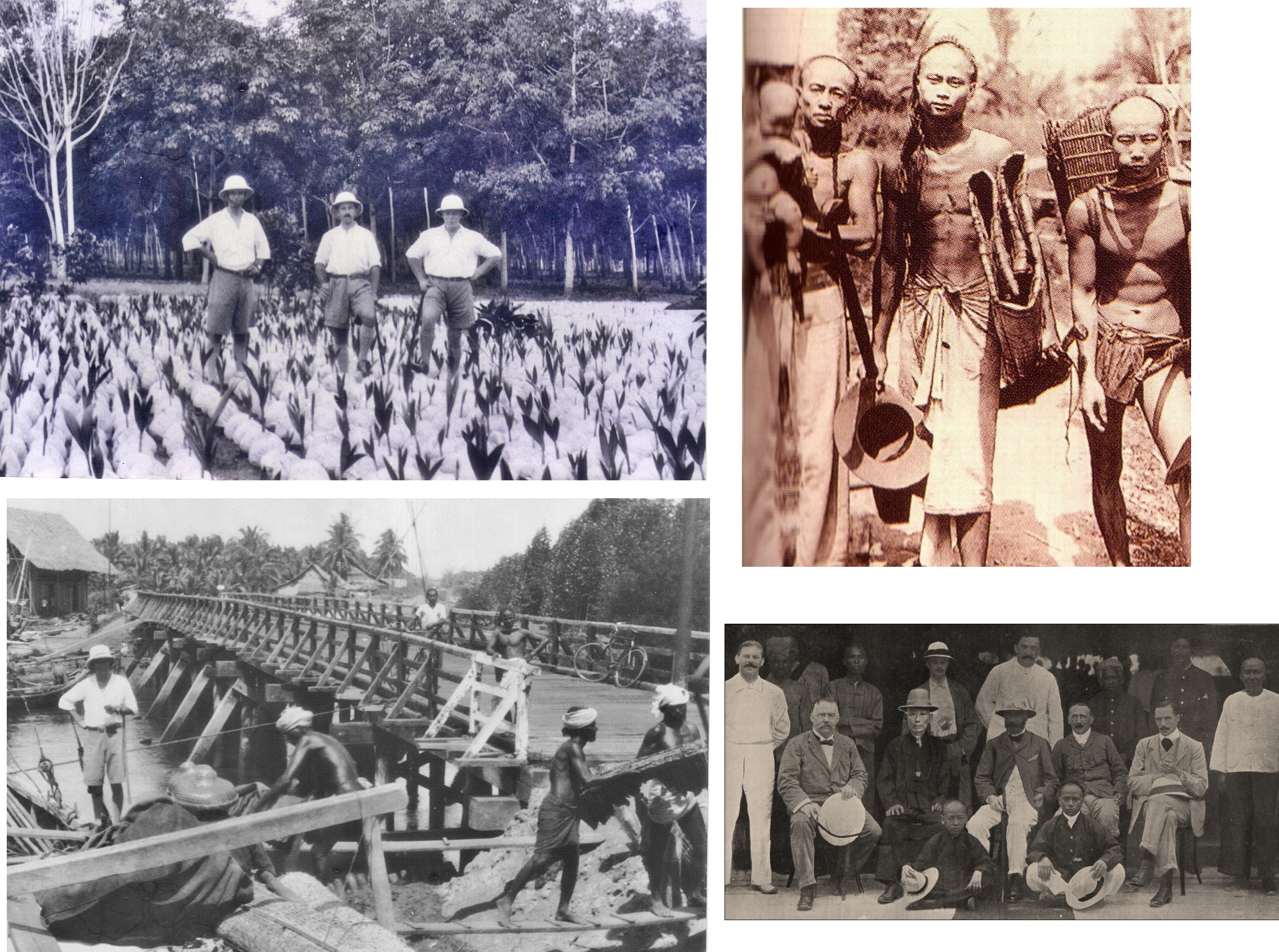
2. A Captain called Speedy named one of Malaya’s most prominent towns
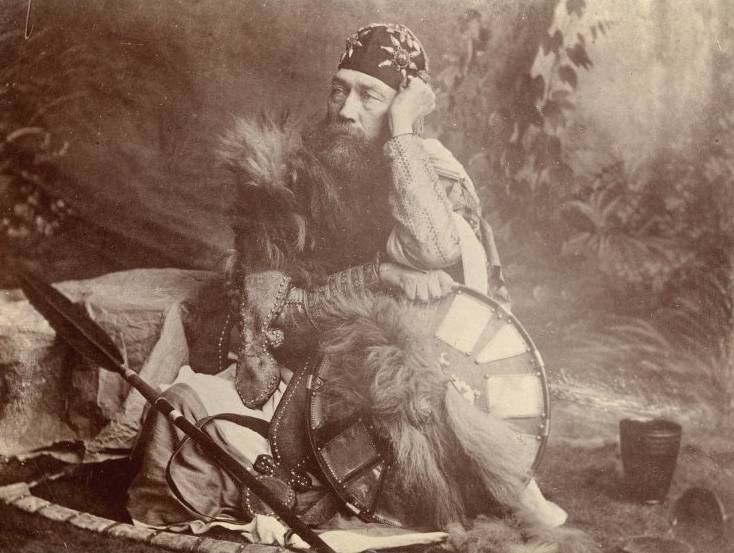
With a superhero name like Captain Speedy, this guy’s story doesn’t disappoint… Tristram Charles Sawyer Speedy was one of the most colourful characters of the Victorian era, an Indiana Jones of his time. This guy fought battles in India and Ethiopia before was appointed Superintendent of Police in Penang, 1871. He was the guy who planted the famous Penang Baobab tree, believed to be the OLDEST planted tree in Malaysia.
Two years later, Captain Speedy resigned his Superintendent post to work for Ngah Ibrahim, Mentri of Larut, which was the hub of Malayan tin mining at that time. There was some gang war going on between tin mining triads, so this badass 6 foot 5 inch hulk was brought in to settle it. With a troop of Indian soldiers, the man went and whacked everyone into order.
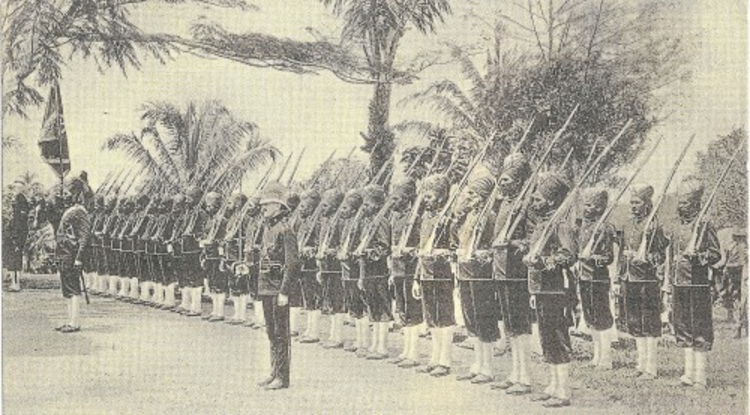
After restoring peace, he built a town from scratch and thought, hey, why not name it Taiping, which means ‘everlasting peace’ in Hokkien. So he did it. He really played Lego with the town, building a courthouse, jail, post office, and army barracks (of course roll eyes), and then it grew and grew. That is why Taiping is known as the town of many firsts. The first telegraph office in Malaysia was also built in Taiping coz before that, colonists sent letters back home and had to wait as long as four months for replies.
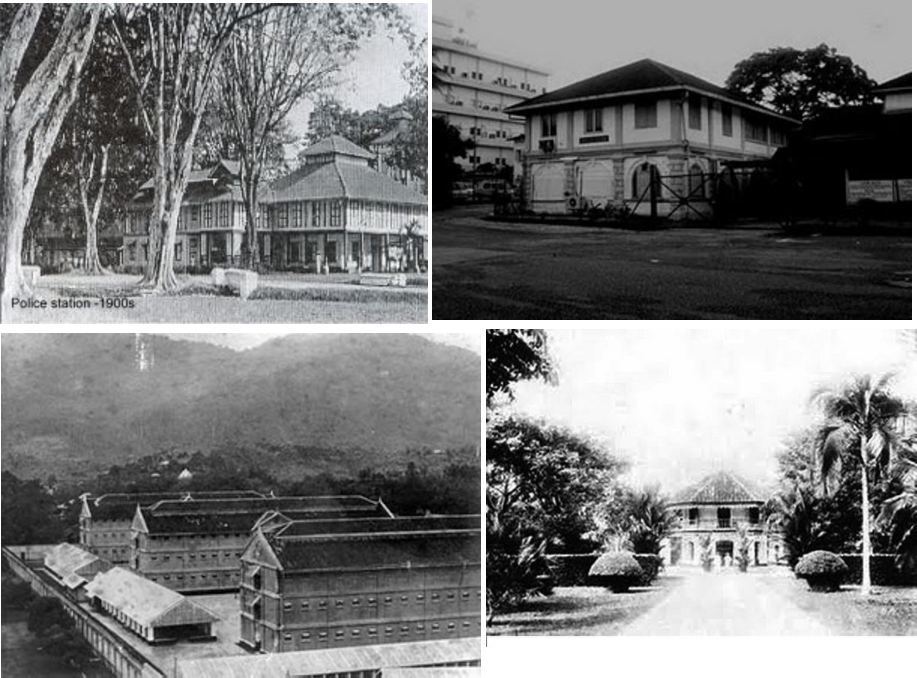
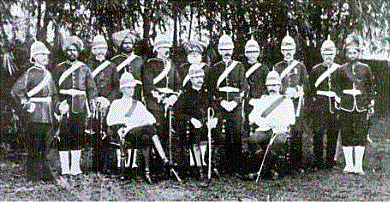
3. British colonists ordered Malayans to fan them and carry them around

Initially, British colonists DREADED coming to Southeast Asian territory. Tales of hot jungles, malaria, and ‘uncivilised’ natives were so off putting to the fancy-pancy ladies and gentlemen. However, like expats today, their boss (being the British Government) post them here so go lor. BUUUT when they got here, what a change of fortunes!!
Just as Queen Victoria royally sat on her throne and royally ordered everybody around, the colonists – who were majority middle class British society – were suddenly the new elites in a foreign land with so many servants to order about. One household had a DOZEN or more Malayan servants.
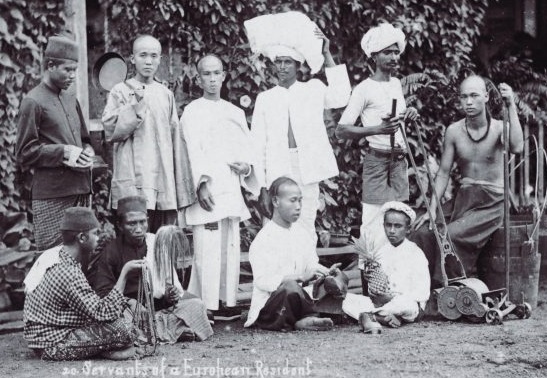
“Cookie [cook] and Boy [houseboy] are usually Chinese. The Kaboon [kebun/gardener] is almost invariably a Tamil…the Sais [syce], or chauffeur is usually a Malay.” – J.H. MacCallum Scott, Eastern Journey, quoted in nlb.gov.sg
Back in the pre-air cond Malaya, the colonists made their servants fan them using a punkah. It’s a kind of large swinging fan attached to the ceiling operated by pulling a cord. They also made their servants carry them around in a sedan chair, a practice common in England too. That’s not the worst of it… we found a story of a boss whipping his cart driver!
There would definitely be a social divide and colonists often saw their servants as dirty, dishonest and stupid. At social gatherings, they’d swap stories and laugh about their servants. So mean! 😡 Although we’re sure the servants had their own gossip time la. But for all their perceived poor hygiene and low intellect, these guys did the cooking and other personal tasks for the tuans and mems.
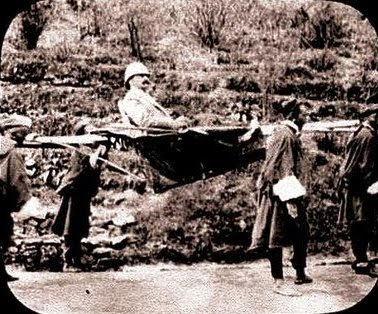
To be fair, not ALL of them were snooty jerkfaces, some people like Frank Swettenham understood local culture and assimilated well. Once, he even marah an American journalist because she kept referring to locals as ‘savages’. His friend and colleague Hugh Clifford was haunted by the destruction Britain had waged on the traditional Malay way of life and wrote nostalgic books about his time in Malaya.
“To begin to understand the Malay you must live in his country, speak his language, respect his faith, be interested in his interests, humour his prejudices, sympathise with and help him in trouble, and share his pleasures and possibly his risks. Only thus can you hope to win his confidence.” – Frank Swettenham in his book The Real Malay, from sabrizain.org
4. When the colonists couldn’t tahan the heat, they escaped to the hills
During Victoria’s time, there was no danger of communists assassinating British penjajahs as they make their way uphill, so with peace of mind, that was their general direction to escape the Malayan heat. All over Asia, European colonists built hill stations – towns located at a higher elevation where it was cooler, as sort of holiday houses and retreats. Also, it reminded them of home.
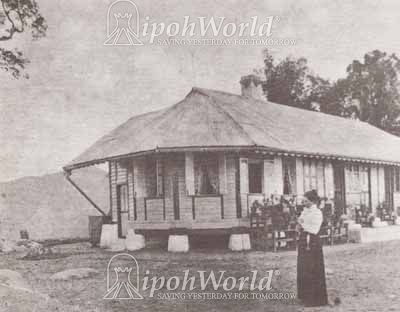
“I experienced then that strange feeling, so strong up in all Malayan hill stations, of being, temporarily, utterly aloof from the ordinary life below, in an unreal world, not of the tropics nor of anywhere else. It was as cool as an English summer, the flowers were English and one had almost an English energy.” – Katherine Sim (wife of British customs official Stuart Sim), Malayan Landscape
In Malaysia, we’ve got Cameron Highlands, Fraser’s Hill, Bukit Tinggi, Genting, Penang Hill, Kinabalu Park and Bukit Larut. No one’s really sure which is the oldest. It could either be Penang Hill, coz it opened up with a pack-horse track in 1788, or Bukit Larut formerly Maxwell Hill, founded in 1884 by William Edward Maxwell.
So what did the British do up on the mountains? Actually, same thing they did on the lowlands. Rule, but with a bit more relaxation… and plant tea and strawberries. Hill stations are the colonials’ lasting legacy, so thanks for the holiday spots folks. Although we don’t see colonists with their pith helmets any more, elements of colonialism remain – quaint Tudor bungalows, English gardens, afternoon tea, and of course….Hainanese chicken chop and scones YUM!!

5. The Brits in Malaya LOVED curry and gula melaka
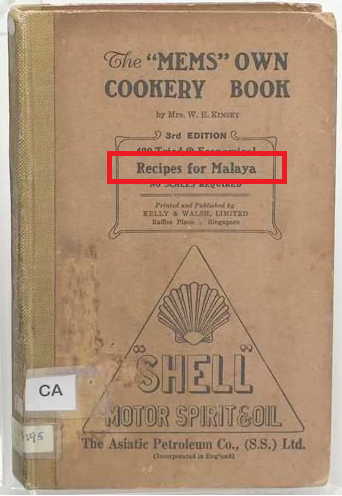
Despite not being able to tahan the heat on the lowlands, British colonists LOVED curry, including Queen Victoria, who was introduced to the dish by her Indian Muslim servant Abdul Karim. In fact, she made curry mainstream in England, according to food historians who believed the dish was on the menu almost every day.
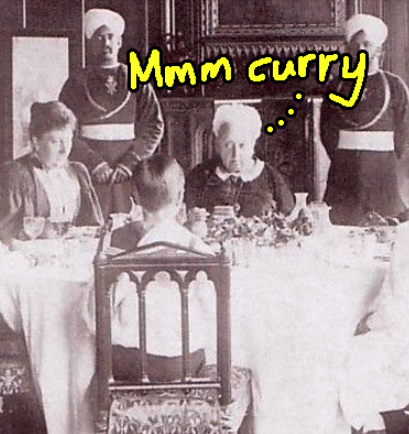
Sure the colonists in Malaya had afternoon tea and long banquet tables with salad forks and butter knives, but they ate local food often too – rice, sago pudding, sambal, ikan bilis, gula melaka and so on. Many of them especially loved having sago pudding after eating curry. And since they hired Hainanese cooks, it was the birth of fusion food. We found out that cookbooks published during this time contained such recipes!
“In Malaya the beef was tough and fit only for use in soup, but poultry was abundant and cheap, mutton usually excellent. In Malaya it was tropical fruits that gave an individual touch to every menu; they included plantains, ducoos, mangoes, rambutans, pomeloes and mangosteens.” – George Woodcock, The British in the Far East

6. The Sultan of Johor was Queen Victoria’s personal friend!

Sultan Abu Bakar of Johor was very unique for a Malay ruler of that time. He was the first Sultan to travel to Europe during his first visit to England in 1866, he was super cultured, and he was Queen Victoria’s personal friend! The Queen and the Sultan saw each other as equals and she signed herself off as “affectionate friend” in a letter to him in March 1891.
“Her Majesty the Queen has honored me with an audience, and I have had the honour of meeting the Prince and Princess of Wales and attending a State Ball at Buckingham Palace.” – Sultan Abu Bakar, A History of Johore by R.O. Winstedt

Being the most well travelled and learned Malay ruler, he was inspired to develop Johor. In fact, it was his development of Johor and close relationship with Victoria that helped keep Johor somewhat independent, while other states in Malaya were being forced to accept British Governors (guys who would ‘assist’ the Sultans in ruling their states).
On his last visit to Britain, he was by then very ill with kidney disease. Hearing the news, Queen Victoria sent her personal physician Douglas Powell to attend to him, but sadly he passed away and his remains were brought back to Johor on an English warship. The Queen apparently really treasured a particular gift from Sultan Abu Bakar, a gold and silver model of the Albert Memorial (the life size one is in London).
The British are gone… but they’ve left their legacy
Colonialism certainly left its mark on Malaysia. Cannot deny that even though they campur tangan into our affairs, they did help improve our country in several ways, building schools, hospitals, railways and public buildings, introducing rubber trees, which became such a huge economic contributor.
To know more about the Queen who ran the show, you can always watch Victoria on demand. 😀

- 10.5KShares
- Facebook9.8K
- Twitter49
- LinkedIn111
- Email163
- WhatsApp358

